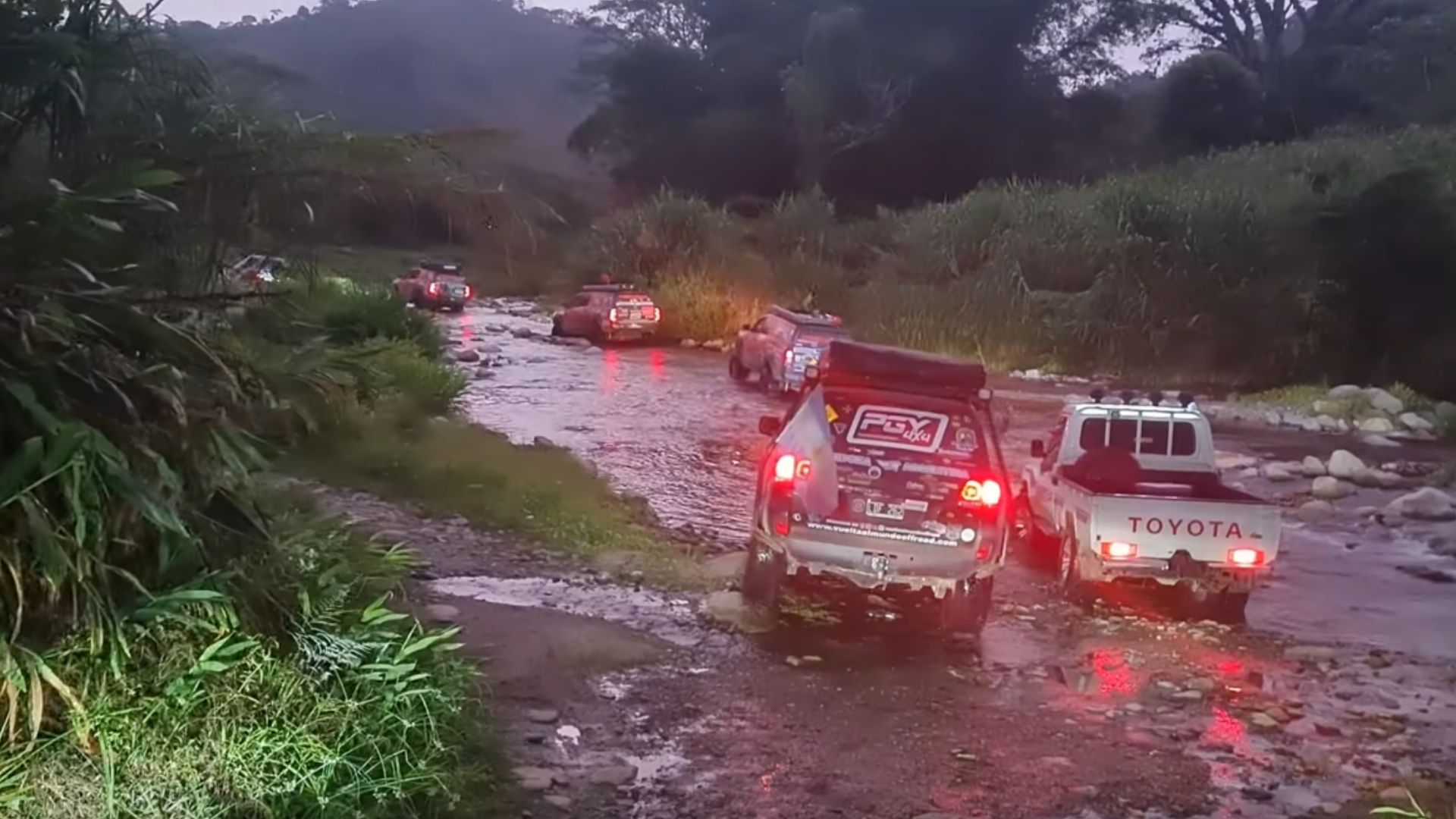
For most Americans, Honduras is just a name of some place in Latin America. Most couldn’t point it out on a map, with many mistakenly believing it’s located in South America. While it’s only about the size of Tennessee, much of the country is notoriously rugged, thanks to the many mountains and relatively untouched wilderness areas. But there are other dangers lurking in a country called “The Depths.”
The Ford Raptor has reclaimed its V8 throne.
While it’s easy to become captivated by the beauty of Honduras’ natural landscape, making for a dream overland trip, one must not venture into the country naïve and unaware of the risks. After all, the country has quite the reputation, with some claiming it’s the most corrupt in Central America, perhaps all Latin America. It boasts one of the highest homicide rates in the Western Hemisphere with gang violence, crooked cops, and drug cartel members everywhere.
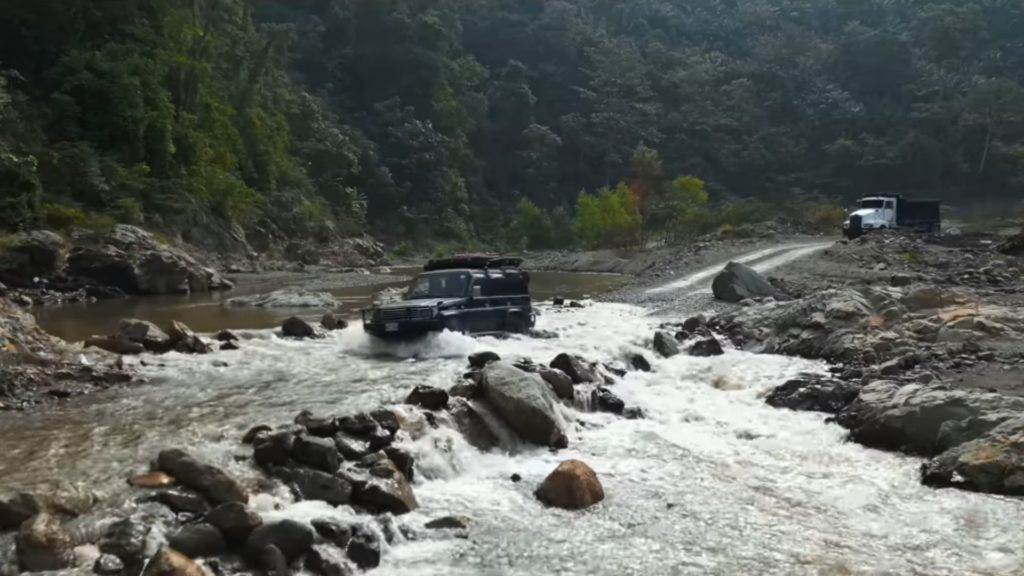
During an overland adventure, you’re not likely to spend much time in Honduran cities, especially Tegucigalpa, the capital. That’s not a bad thing per se considering many of the human-induced dangers increase precipitously in urban settings. But that doesn’t mean sticking to the wilderness is a guarantee of safety and serenity.
Having lived in and traveled around the country myself, including some quite remote areas few Americans have ever seen, I know firsthand the fascinating draw and the shocking brutality of Honduras. Being out in the middle of nowhere isn’t a protection against the cartels. In fact, as YouTuber Alone On Adventure found out, wilderness spots can be popular places to do deals and run drugs, making them quite hazardous.

If you don’t speak Spanish at a conversational level or above, going overlanding in Honduras is probably not a great idea. Most people there don’t speak a lick of English and those who do have a limited vocabulary, so you might not be sufficiently warned about pitfalls as the locals try communicating them. Police won’t have much patience for your lack of verbal skills.
There is garbage everywhere people go, a sad reality for a culture where most think this isn’t a big deal. In the past the government has tried discouraging littering, but the highways are lined with a thick blanket of trash, with the cities often being just as bad if not worse. You’ll find some refuse on beaches, in wilderness areas, etc. since many Hondurans think carrying a garbage sack and leaving the area better than when they arrived a foreign or even silly concept.
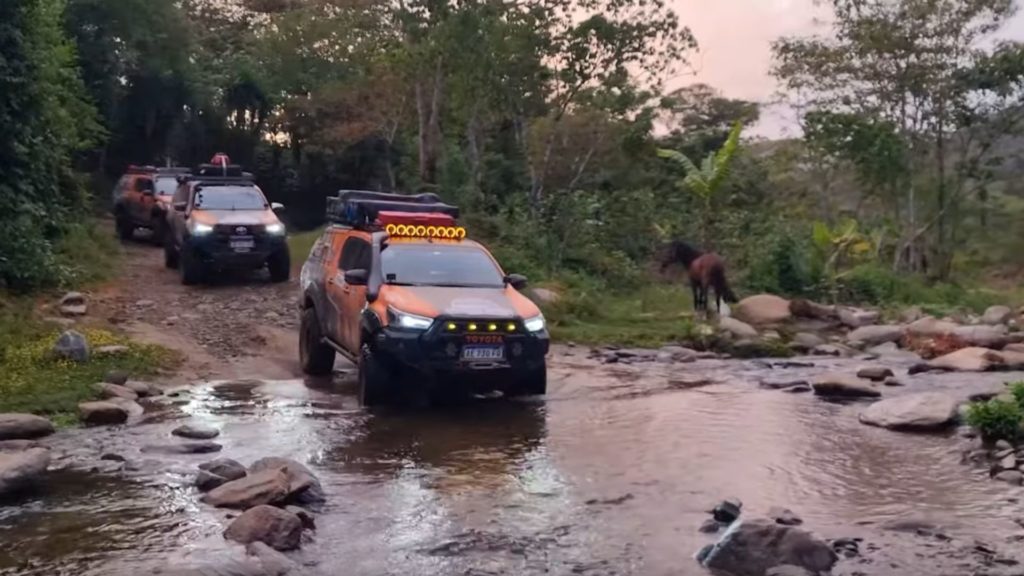
One danger many foreigners don’t even anticipate in Honduras is the wildlife. While you might not encounter much that’s dangerous in your journeys, many infamous predators do call the Honduran countryside home. Among them are jaguars, mountain lions, rattlesnakes, vipers, crocodiles, boas, scorpions, eagle rays, and an occasional anaconda.
As far as your vehicle, you’ll want something that can handle a variety of terrain including steep mountain passes, crawling over boulders, fording rivers (a snorkel is recommended), sand, mud, etc. Many vehicles you see outside of the capital are Land Rovers, Land Cruisers, Monteros, and other off-road rigs with at least some modifications. Most river crossings, and there are plenty in the country, don’t have any sort of bridge.
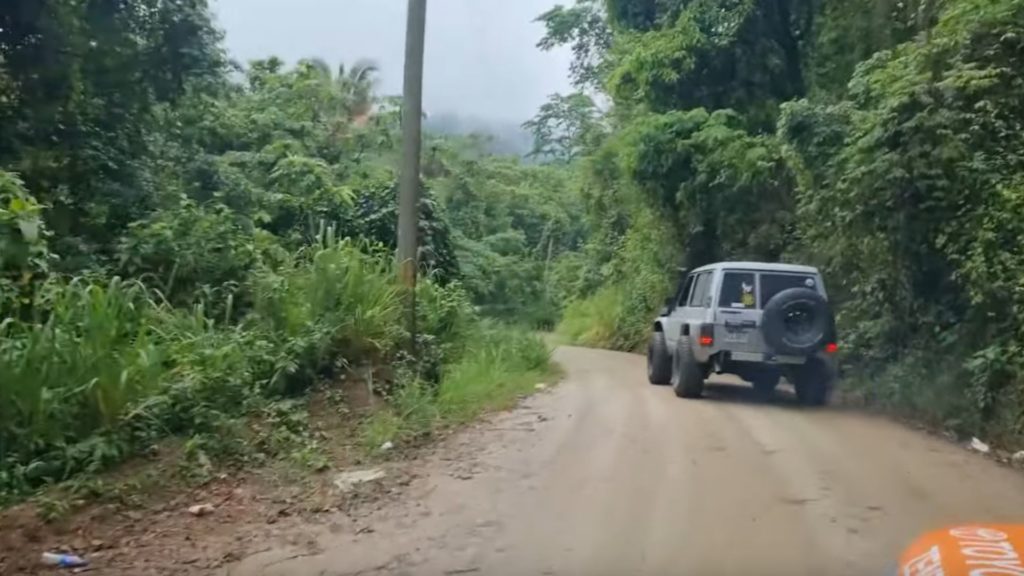
If you do plan on going overlanding through Honduras, do plenty of homework about what’s going on with crime and politics in the country in the months leading up to your trip. Also, be prepared for a long, frustrating border crossing as Honduras is notorious for those. However, the natural beauty of the country is breathtaking, all dangers and obstacles aside.
Images via YouTube
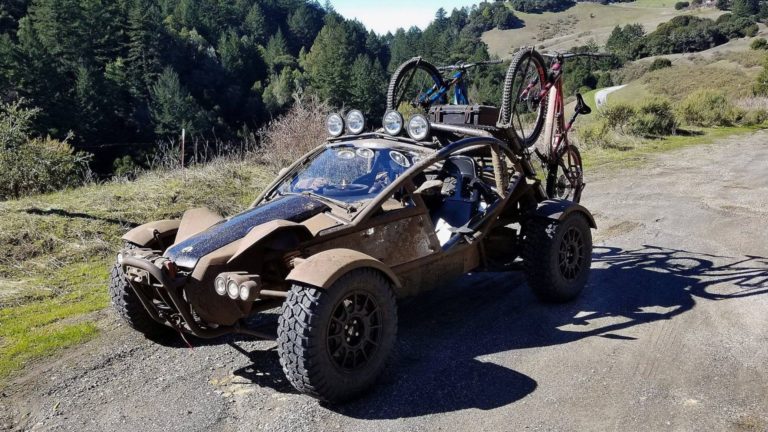
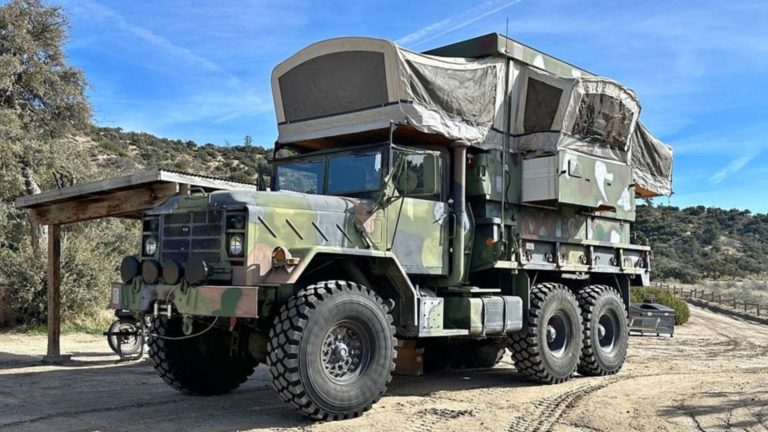
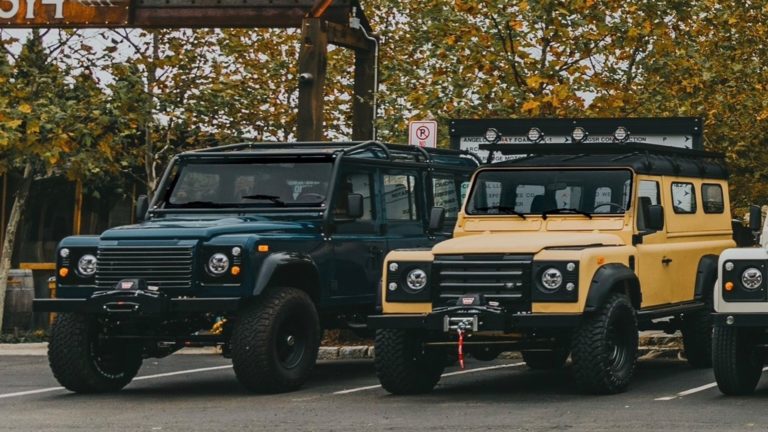
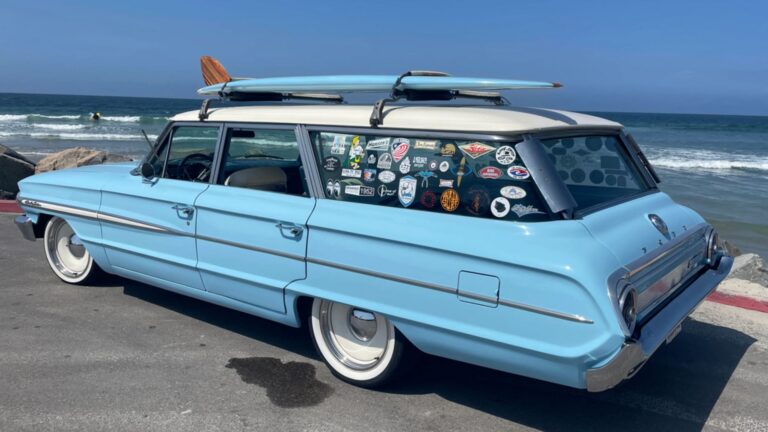
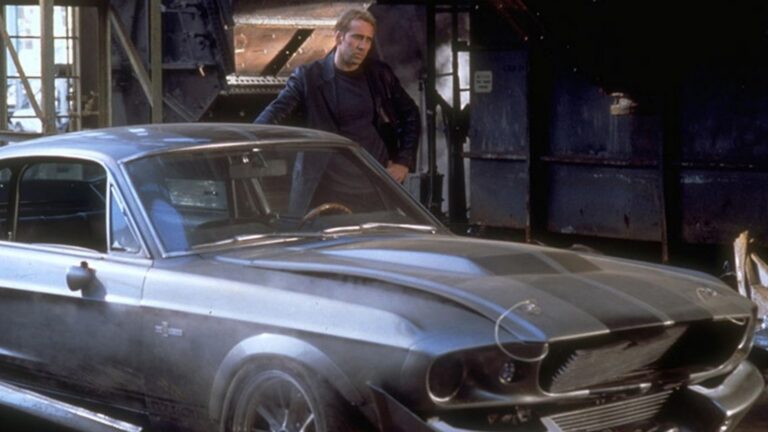
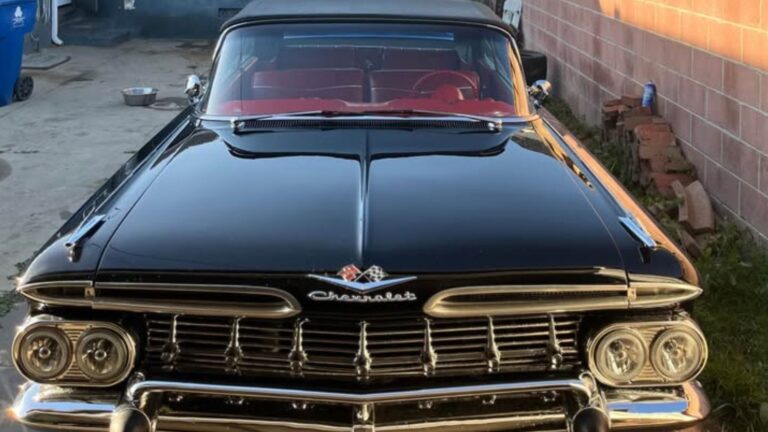
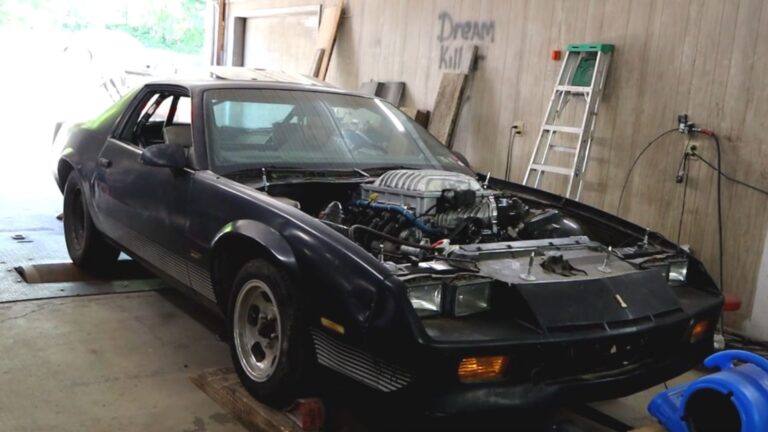
1 thought on “Exotically Dangerous: Overlanding Through Honduras”